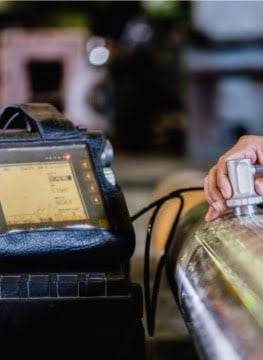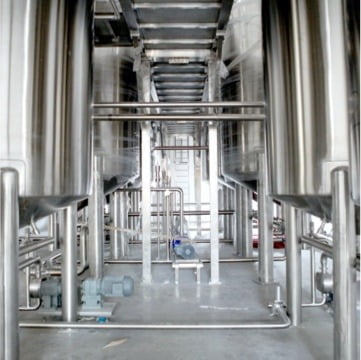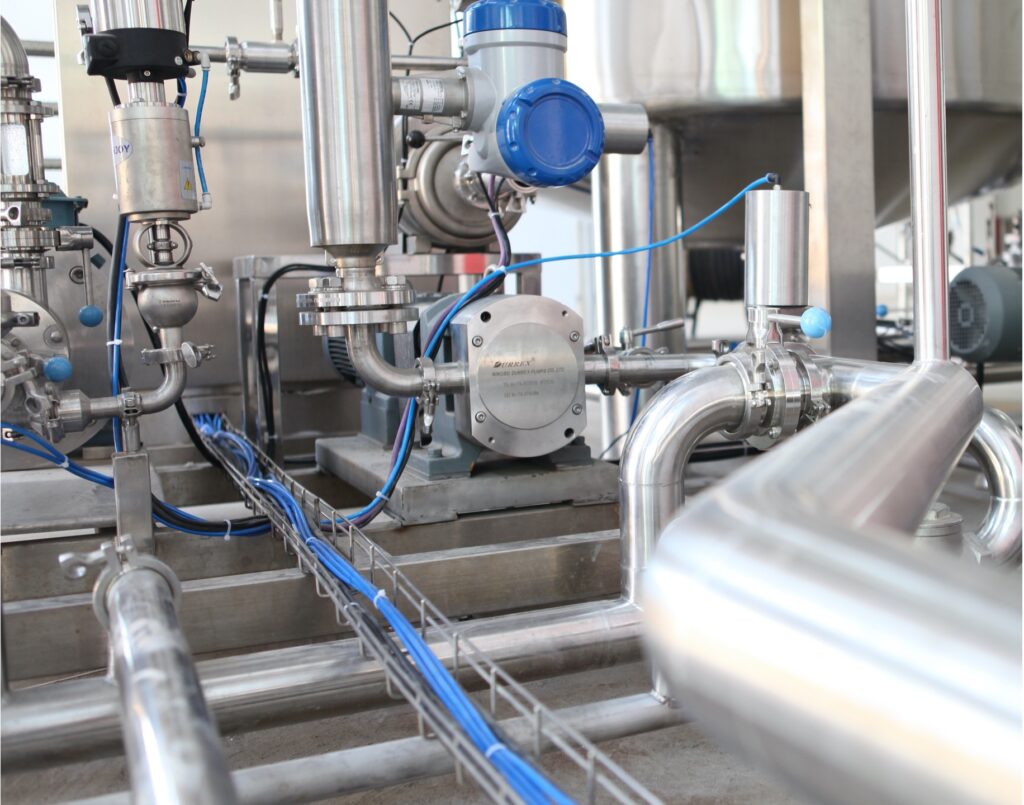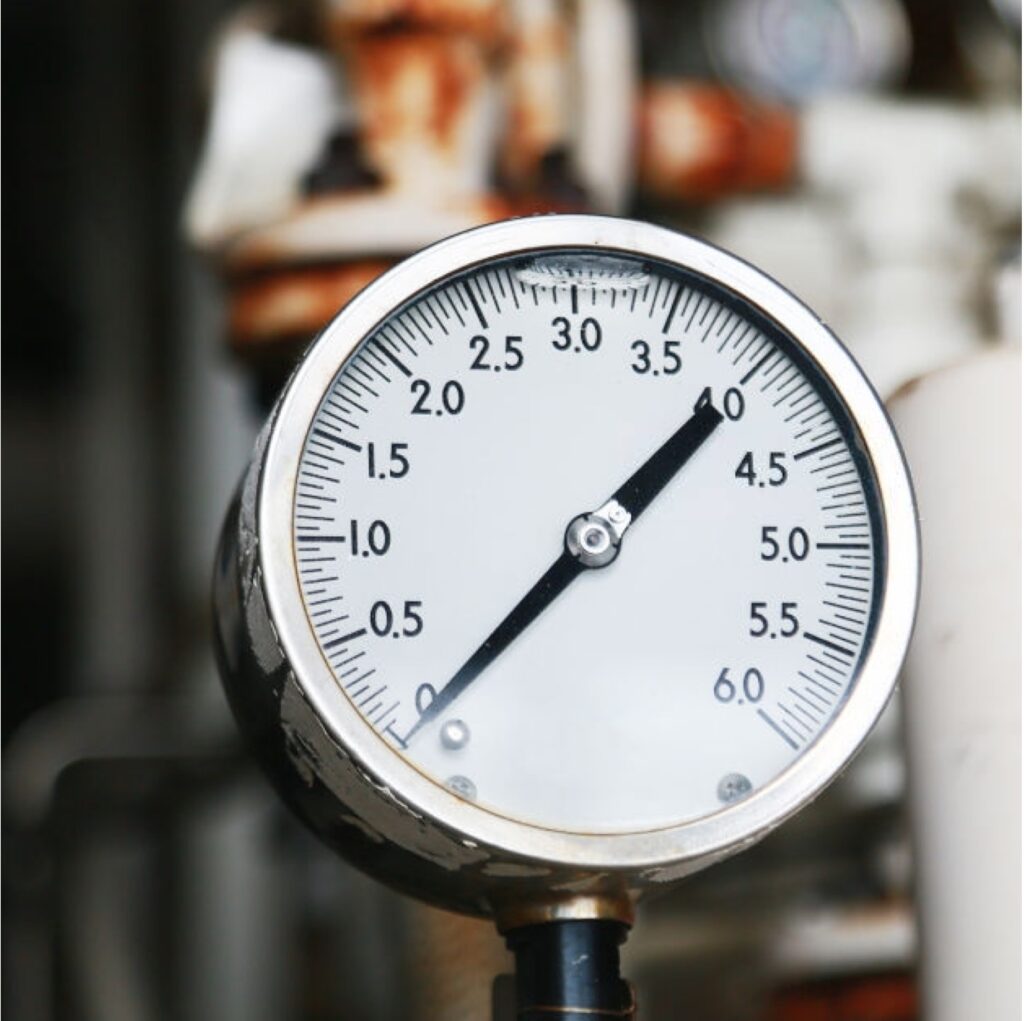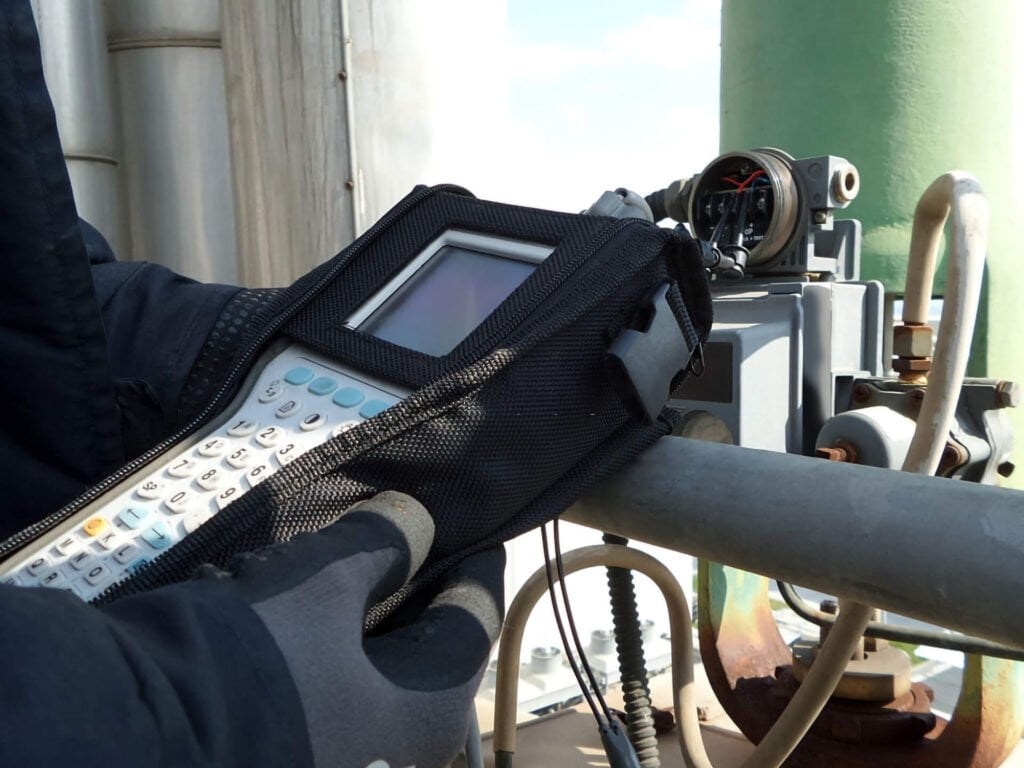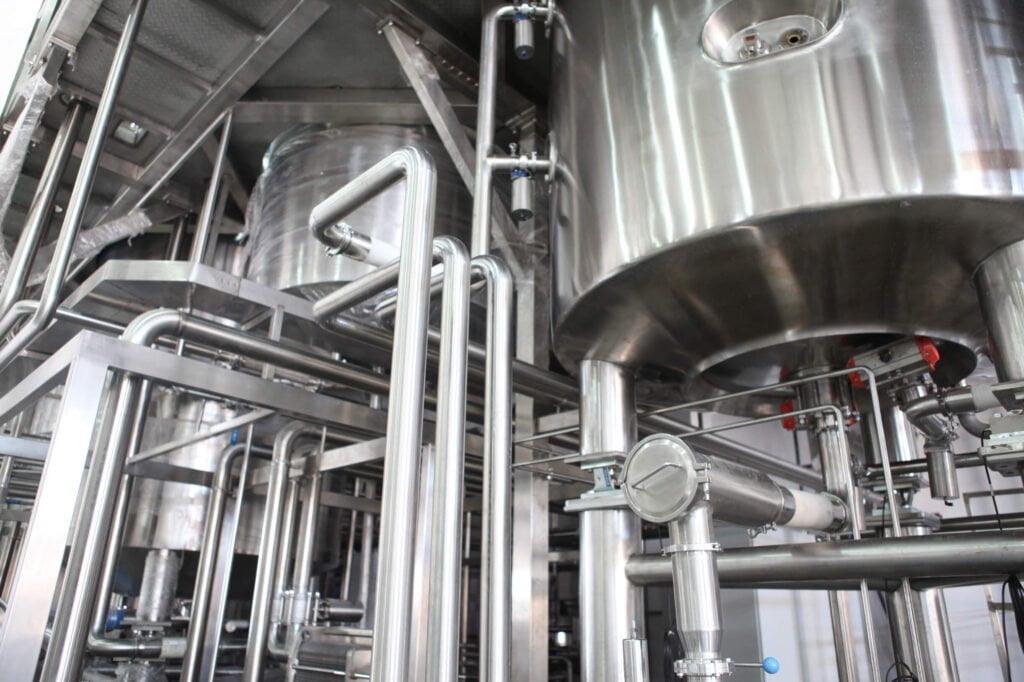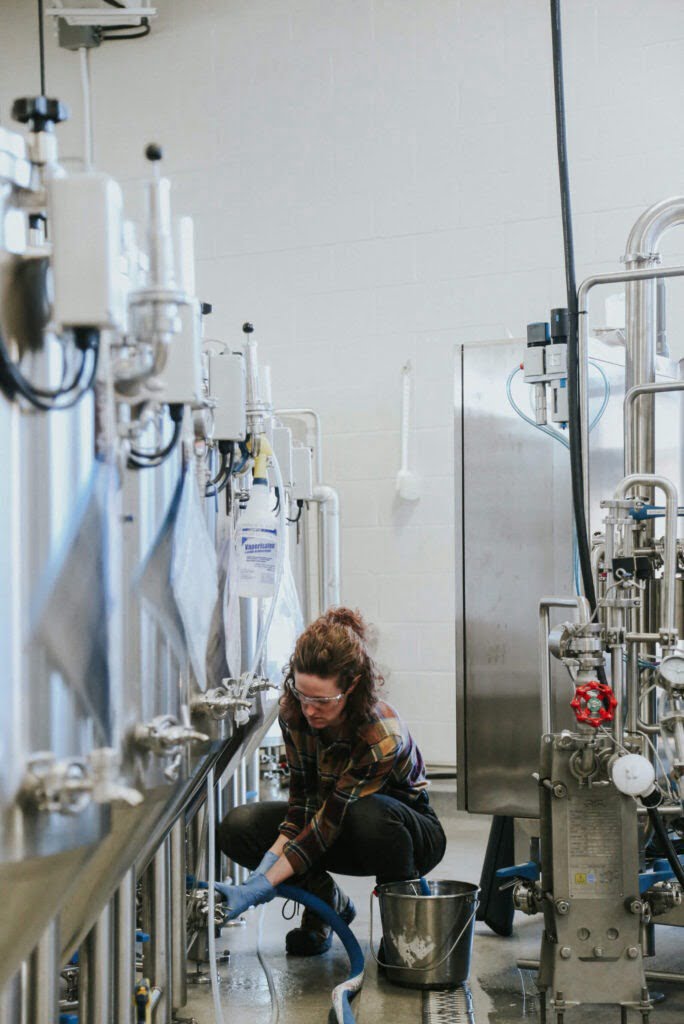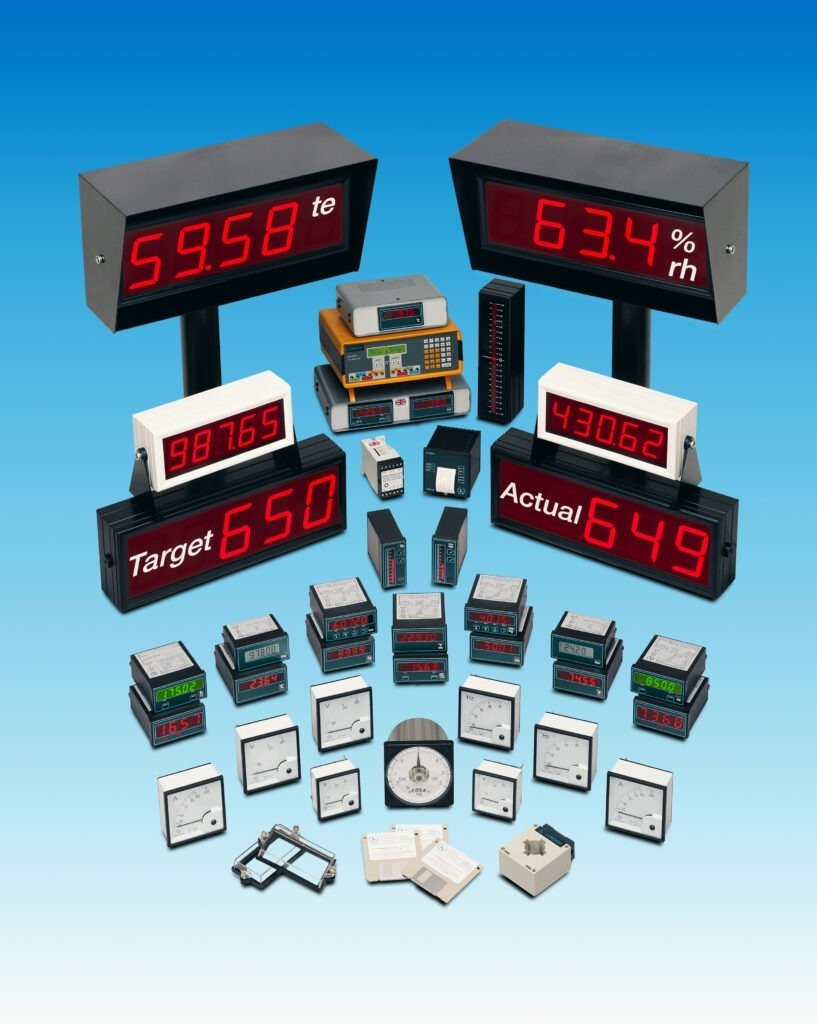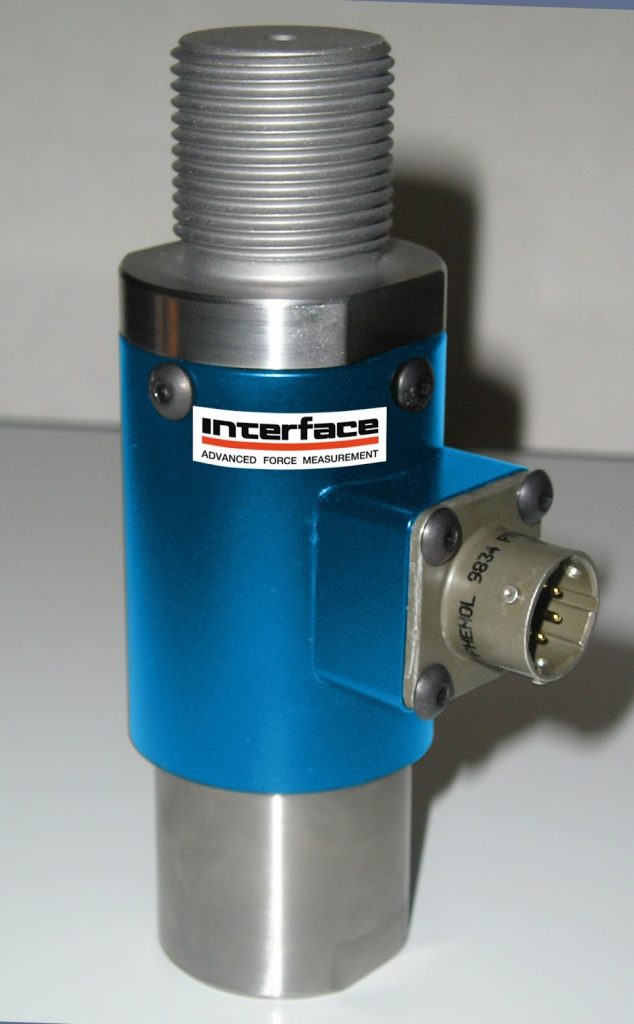In the world of industrial processes, accurate measurement and control of pressure are critical to ensuring the efficiency, safety, and quality of operations. From mining to food and beverage industries, understanding how to measure pressure effectively can make all the difference. So, what is the unit of measurement for pressure? The standard unit used is the Pascal (Pa), named after the French mathematician Blaise Pascal. One Pascal is defined as one newton per square meter, a relatively small amount of pressure that is often used with prefixes such as kilopascal (kPa) or megapascal (MPa) to measure higher pressures. However, the Pascal is just one of many pressure units used across various industries. In this article, we will explore these units, their applications, and the importance of precision in pressure measurement.
Understanding Pressure Units
The Pascal (Pa): As the SI unit of pressure, the Pascal is the foundation for measuring force exerted over a given area. Though widely used in many applications, the Pascal’s small magnitude often necessitates the use of larger units such as the kilopascal (kPa) or megapascal (MPa). These are commonly used in industries ranging from cleanroom environments, where differential pressures are measured, to heavy industrial applications like hydraulic systems.
Common Pressure Units:
- Pounds per Square Inch (PSI): Widely used in the United States, PSI measures pressure in terms of pounds of force applied to a square inch of area. It is especially common in automotive and mechanical engineering, such as in tyre pressure and gas pipelines.
- Bar: Equal to 100,000 Pascals, the bar is not part of the SI system but is still widely used in Europe and the United Kingdom, particularly in meteorology and pressure gauges for refrigeration systems.
- Atmospheres (atm): Another non-SI unit, one atmosphere is defined as 101,325 Pascals, roughly the average atmospheric pressure at sea level. This unit is often used in diving, hyperbaric chambers, and other applications where understanding atmospheric pressure is crucial.
Conversion Factors: Understanding and converting between different pressure units is essential for ensuring the accuracy of measurements across different systems. For instance, converting PSI to bar or kPa requires precise calculations to maintain the integrity of process control systems.
Applications of Pressure Measurement

Gauge Pressure vs. Absolute Pressure:
- Gauge Pressure: Measures pressure relative to ambient atmospheric pressure. This is the type of pressure measured in most industrial applications, where sensors detect the difference between the measured pressure and the surrounding air pressure.
- Absolute Pressure: Measures pressure relative to a perfect vacuum. Absolute pressure is critical in applications like vacuum systems, where understanding the total pressure exerted is necessary.
Role of Pressure Measurement in Industrial Processes:
- In the pulp and paper industry, maintaining precise pressure is vital for ensuring consistent production quality. In mining, accurate pressure measurement can prevent equipment failure and ensure safety in high-pressure environments. The food and beverage industry relies on precise pressure control to maintain the quality and safety of products during production and storage.
Specific Instruments:
- Pressure Gauges: Used for monitoring pressure levels in various systems, from industrial boilers to HVAC systems.
- Pressure Sensors: Convert pressure measurements into electrical signals, allowing for real-time monitoring and control in automated systems.
- Transmitters: Provide remote pressure readings, essential in large-scale industrial operations where direct access to equipment may be limited.
Challenges in Measuring Pressure:
- Temperature fluctuations, fluid density changes, and other environmental factors can impact the accuracy of pressure measurements. Modern instruments are designed to mitigate these challenges, ensuring reliable readings even in harsh conditions.
Why Accurate Pressure Measurement Matters
Accurate pressure measurement is vital in industrial systems for maintaining optimal performance. Whether managing hydrostatic pressure or ensuring safety under normal atmospheric pressure and ambient air pressure, precision is key. Using SI units and other units, accurate measurements help prevent costly errors and enhance efficiency across industries.
Choosing the Right Instruments for Your Needs
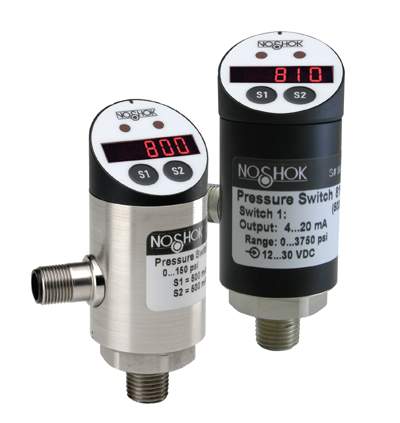
Industry-Specific Considerations:
- Different industries have unique requirements for pressure measurement. For example, the pulp and paper industry may require instruments that can withstand high temperatures and corrosive environments, while the food industry might prioritise instruments that meet stringent hygiene standards.
Selecting the Right Unit:
- Choosing the appropriate pressure unit depends on the specific application. For instance, PSI might be more suitable for measuring tyre pressure, while kilopascals may be preferable in a laboratory setting.
Expertise in Instrumentation:
- Working with experts in instrumentation and calibration ensures that you select the right tools for your needs, avoiding costly mistakes and ensuring the longevity of your equipment.
Precision in Every Measurement: Why Choose Us
At AMS Instrumentation & Calibration, we understand that precision is not just a requirement—it’s a standard. With our extensive experience in providing high-quality measuring instruments and calibration services, we cater to the unique needs of industries such as mining, food and beverage, and pulp and paper. Our commitment to accuracy and reliability ensures that your processes run smoothly, efficiently, and safely.
Don’t leave your pressure measurements to chance. Contact us today to learn more about how our instrumentation and calibration services can help optimise your operations. Visit our Contact Us page Today. Ensure the accuracy and reliability of your pressure measurements with AMS Instrumentation & Calibration.
